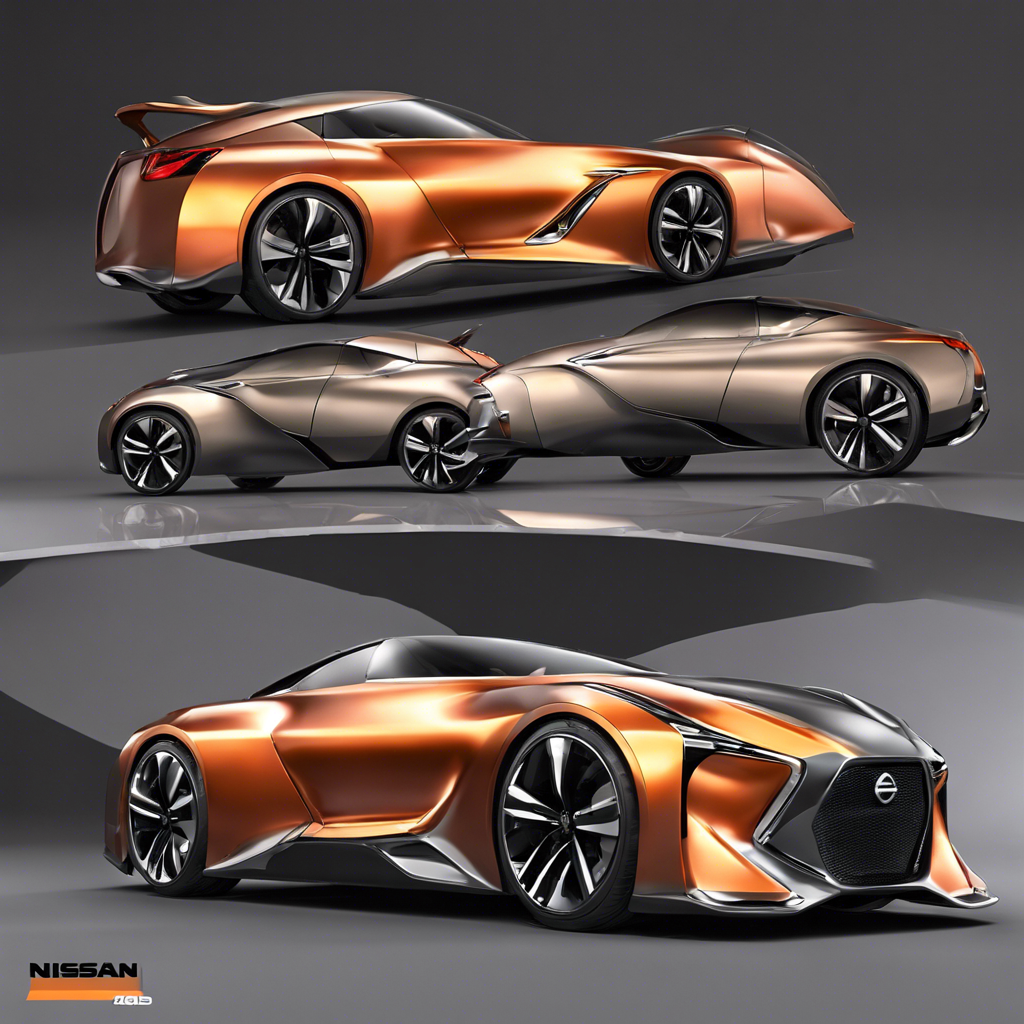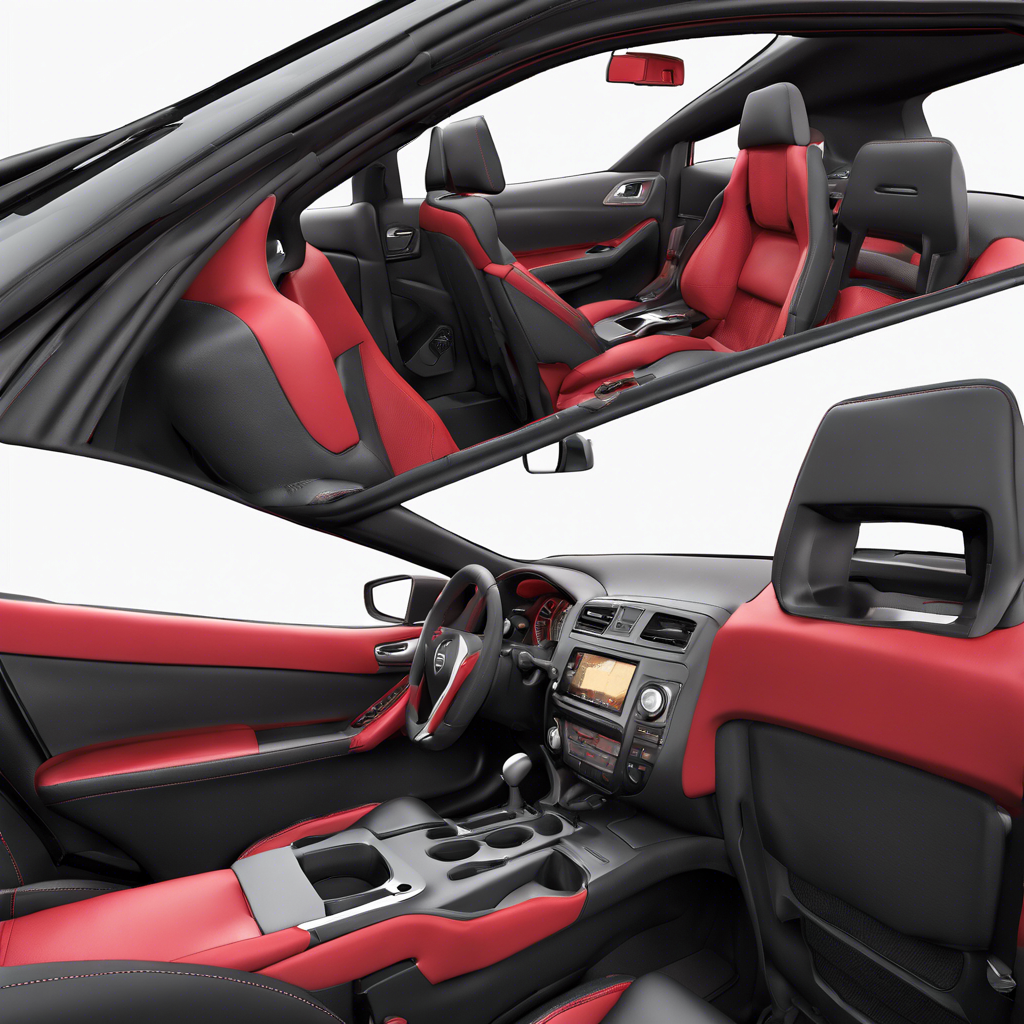Exploring the Nissan 180: A Cult Classic of the Japanese Auto Scene
September 30, 2024

The Nissan 180 series, particularly known for its remarkable performance and iconic status among car enthusiasts, embodies a fascinating chapter in automotive history. Rooted in the popularity of Nissan’s 200SX and the broader S13 chassis range, the Nissan 180 has become a symbol of both drift culture and sports car modification since its introduction in the 1980s. This blog post will delve into the evolution of the Nissan 180, its significance in the automotive community, and the reasons behind its enduring appeal.

Origins and Development
The 180, primarily referred to in regions like Australia and some parts of Europe, is a variant of the Nissan Silvia, specifically within the S13 chassis generation that was produced from 1988 to 1994. Marketed as the Nissan 240SX in North America, the 180 nameplate was designated for different markets, emphasizing Nissan’s strategy of tailoring its offerings to local demands and regulations.
At its core, the S13 platform was engineered with a focus on both performance and comfort, providing a balanced driving experience that appealed to a range of consumers, from everyday drivers to motorsport enthusiasts. Under the hood, the Nissan 180 typically housed the SR20DET engine, a turbocharged four-cylinder powerhouse known for its tuning potential and reliable performance. This engine configuration paired with rear-wheel drive provided an exhilarating driving experience, paving the way for its legacy in the drifting scene.
Performance and Specifications
The heart of the Nissan 180’s appeal lies in its performance capabilities. With an output of around 200 horsepower (varies with modifications and specific models), the SR20DET engine is known for its responsiveness and ability to take aftermarket modifications. Tuners often cite the SR20DET as one of the best four-cylinder engines for performance applications, resulting in the 180 becoming a staple in the drifting community, especially during the late 1990s and early 2000s.
The lightweight chassis of the Nissan 180 further enhances its performance dynamics, allowing for nimble handling and an engaging driving experience. The car’s design, which emphasizes aerodynamic efficiency, combined with a well-tuned suspension system, makes it a formidable presence on the track. Additionally, the Nissan 180’s rear-wheel-drive layout has positioned it as an ideal choice for drifting, a motorsport that gained mass popularity during the early 2000s and continues to thrive today.
Cultural Significance and Enthusiast Community

Beyond its technical specifications, the Nissan 180 has garnered a passionate following among car enthusiasts and tuners. This cult status can be attributed to several factors, including its popularity in motorsport, its role in pop culture, and its presence in online communities.
The car gained significant notoriety in drifting competitions, with many professional drivers opting for the Nissan 180 due to its balanced chassis and tuning potential. Its appearance in video games, films, and television programs further cemented its status as an icon within automotive culture. Titles like Gran Turismo and Need for Speed have featured the Nissan 180 prominently, inspiring a new generation of car fans to appreciate its unique design and performance capabilities.
Moreover, the Nissan 180’s vast aftermarket support has allowed for infinite customization possibilities. From engine swaps to suspension upgrades and body modifications, the 180 community thrives on personalization, creating a diverse array of builds that showcase individual creativity and ingenuity. Online forums and social media platforms serve as gathering spaces for enthusiasts to share their builds, tips, and experiences, strengthening the sense of community surrounding this beloved vehicle.
The Modern-Day Nissan 180: Legacy and Preservation
Although production of the Nissan 180 ceased in the mid-1990s, its legacy endures through the myriad of projects and restoration efforts undertaken by enthusiasts around the world. With improved aftermarket support and the growing appreciation for classic cars, many Nissan 180s have found second lives, often extensively modified to meet modern performance standards while retaining their classic charm.
Despite the availability of newer performance vehicles, the Nissan 180 remains a sought-after choice for those who appreciate its rich history and engaging driving dynamics. Collectors and car enthusiasts often seek out well-preserved or carefully modified 180s, recognizing them as valuable pieces of automotive history.
Conclusion
The Nissan 180 is more than just a car; it is a representation of a vibrant culture, a testament to Nissan’s engineering prowess, and an icon in the world of motorsport and tuning. Its blend of performance, adaptability, and community has solidified its place as a beloved classic among driving enthusiasts.
As we look to the future, the Nissan 180 continues to inspire, demonstrating that great automotive designs resonate across generations. Whether on the streets, tracks, or within the forums of online communities, the Nissan 180 serves as a reminder of an era where innovation and passion came together to create something truly special. So, for those who share an appreciation for automotive history and performance, the Nissan 180 will forever be a cherished symbol of ingenuity and enthusiast culture.